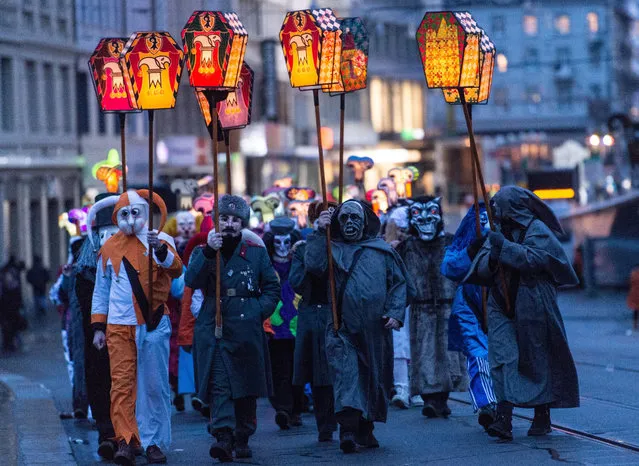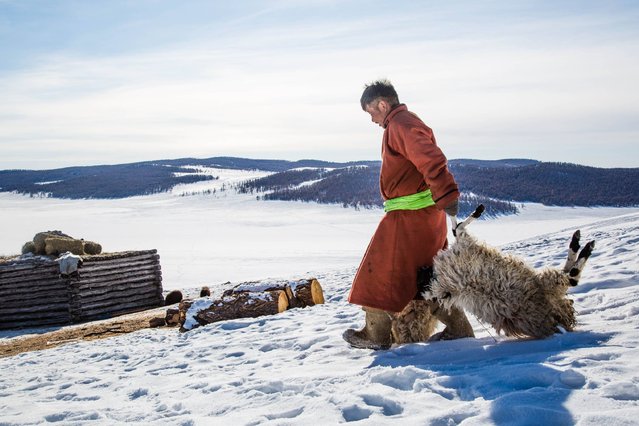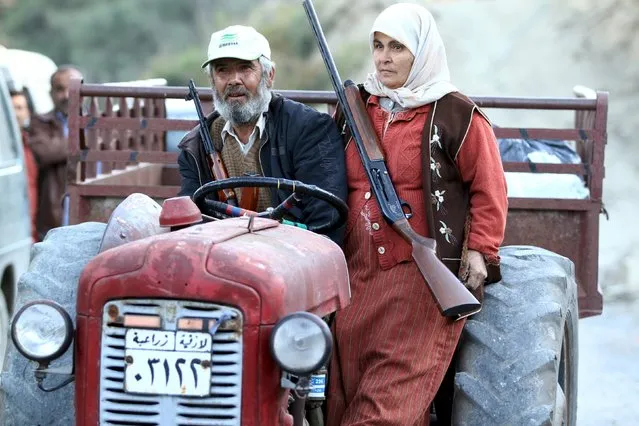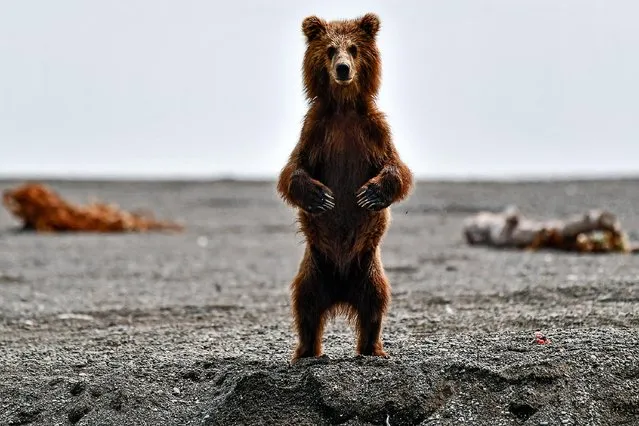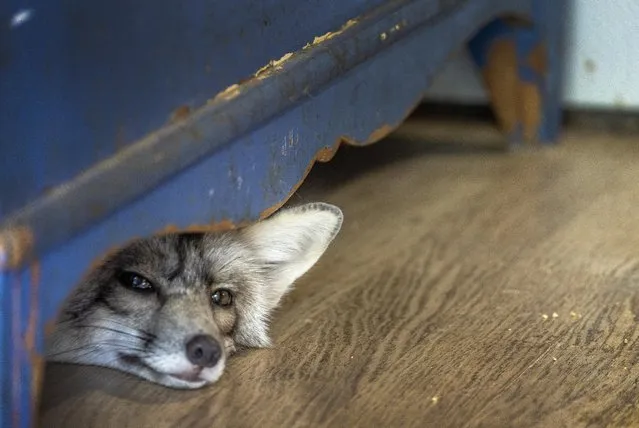
Eagle Prime (MK3), a giant robot by MegaBots Inc. which manufactures giant piloted humanoid fighting robots headquartered in Berkeley, California on October 18, 2017. (Photo by Courtesy Michael Mauldin/Reuters/MegaBots Inc)
20 Oct 2017 07:00:00,post received
0 comments


